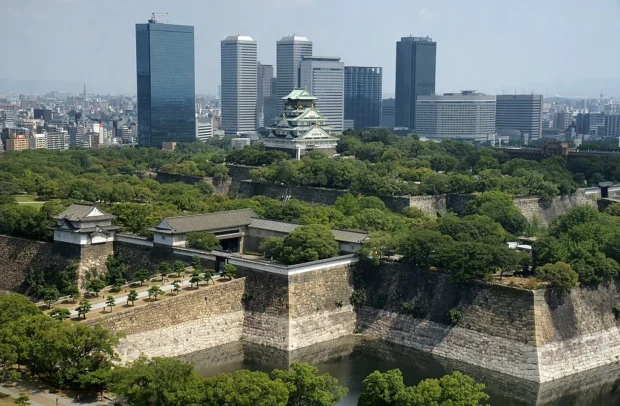Osaka, Japan, is a city where old and new mix in lively harmony. From tall towers to narrow alleys, it offers many sights and tastes. Its fast trains and large ports connect the city to many places, making travel easy. After spending a good time here, I learned how to move around smoothly, where to find hearty food, and which quiet spots make perfect postcards. If you want clear advice on Osaka’s main attractions, food districts, and transport options, read on.
Table of Contents
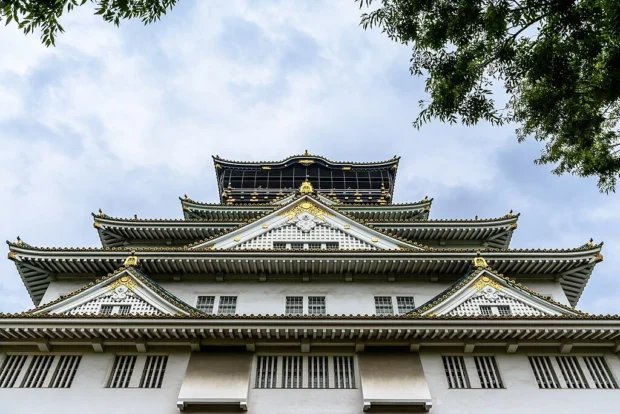
From Airport to City Center: Easy Travel Routes
Kansai International Airport (KIX) serves Osaka and is built on an artificial island. To reach downtown Osaka, the fastest way is the JR Kansai Airport Rapid Service. It takes about 50 minutes and costs around 1,190 yen one way. The train leaves every 15 to 30 minutes, depending on time. Alternatively, the Nankai Electric Railway line offers a direct link to Namba Station in central Osaka. Its ‘Rapit’ express train completes the trip in 34 minutes, a good choice if your hotel is near Namba.
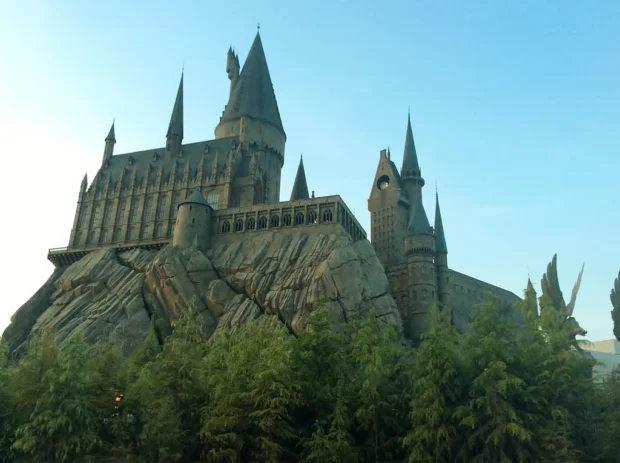
Once in the city, Osaka’s subway and train network is a model of efficiency. The Osaka Metro has eight lines, marked by colors and letters, which help tourists navigate easily. Buying an Icoca card-a rechargeable travel card-allows smooth boarding without buying single tickets every time. Stations often have maps in English, and announcements come in Japanese and English. Busy stations like Umeda and Namba require some patience; these hubs connect lines serving different directions.
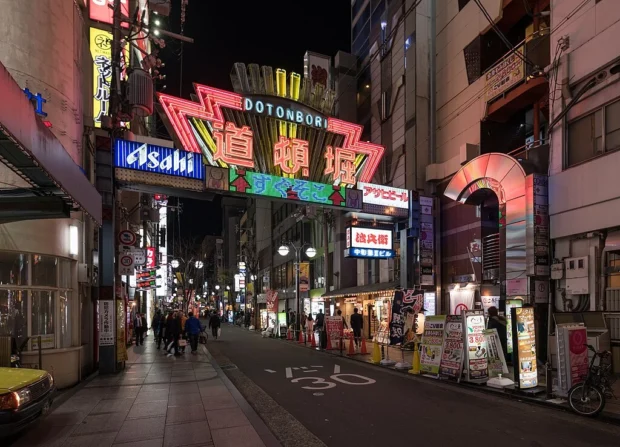
Must-See Landmarks and Historic Railways
Osaka Castle stands as a symbol of the city’s long history. Originally built in the late 1500s by Toyotomi Hideyoshi, it has been rebuilt multiple times. Today, its stone walls and reconstructed main keep tower over a large park. The castle’s museum shows samurai armor and historical documents. Getting there is simple: take the JR Loop Line to Osakajokoen Station.
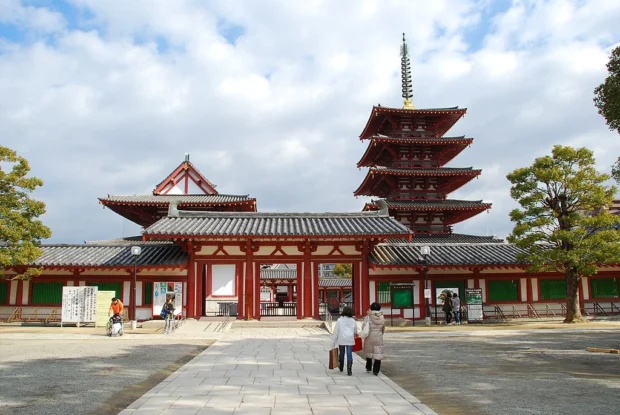
For railway fans, the nearby Tennoji area offers interest beyond the usual. Tennoji Station is a busy hub connecting JR lines, the subway, and private railways. It lies close to the Abeno Harukas building, the tallest in Japan, where you can see the whole city from the observation deck. The structure itself is a marvel, made of glass and steel with a strong foundation designed to withstand earthquakes.
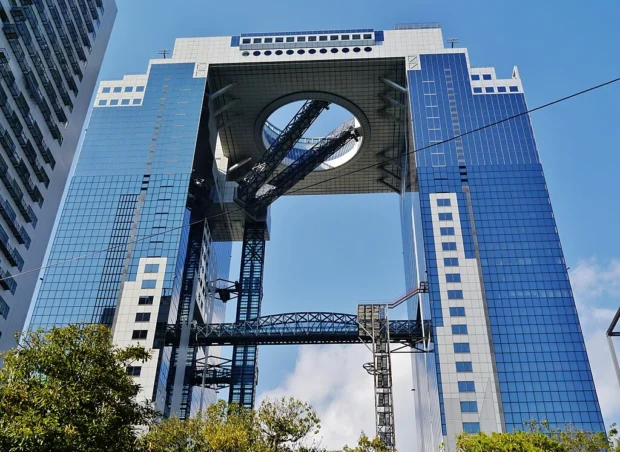
A lesser-known gem is the Hankai Tramway, Japan’s last remaining tram network running through southern Osaka. Unlike the modern subway, this tram offers a nostalgic ride on vintage style streetcars. The route runs from Tennoji to the bay area, passing quiet neighborhoods and small shops. It is not always listed in major tourist guides but provides a delightful insight into Osaka’s older, slower pace of urban life.
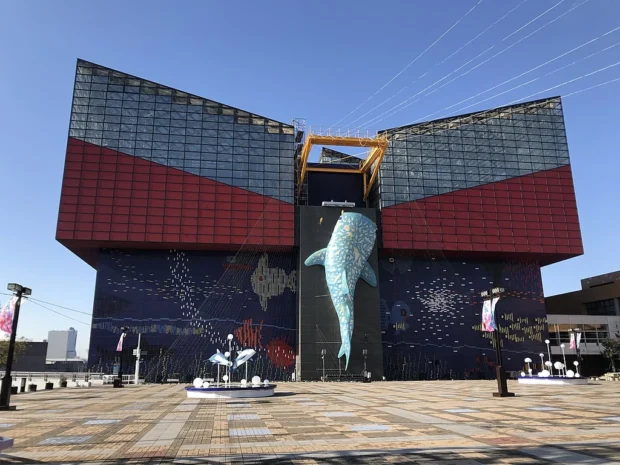
Taste Osaka: Where to Find the City’s Best Specialties
Osaka is often called “the kitchen of Japan,” and for good reason. The city is famous for takoyaki-small round balls made from batter and filled with pieces of octopus. They cook in special iron pans with half-sphere molds. Dotonbori is the best area to try fresh takoyaki from street stalls. This very lively neighborhood lights up at night with large neon signs, including the famous Glico runner billboard, a favorite photo spot.
To continue exploring Japan’s cities, you might enjoy Kyoto’s charm with its peaceful temples and unique local culture.
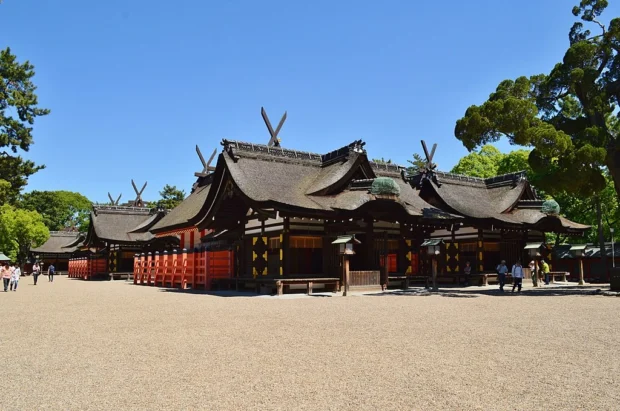
Another local favorite is okonomiyaki, a savory pancake made with cabbage, meat or seafood, and topped with sauce and mayonnaise. The district of Shinsekai offers many tiny okonomiyaki shops where owners cook in front of customers, blending fun and flavor. The atmosphere in Shinsekai mixes old Showa period details with local charm, perfect for slowing down and enjoying the food.
If you like historic places, Nara’s peaceful temples and friendly deer parks offer a calm contrast to Osaka’s busy city life.
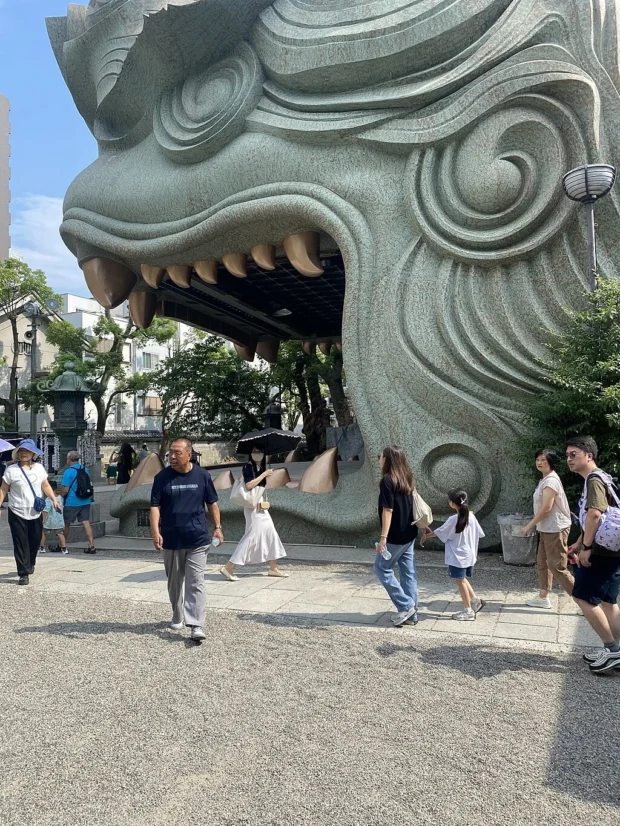
When hunger strikes near Osaka Station, try kushikatsu in the nearby Shinsekai area as well. This dish consists of deep-fried skewers of meat, seafood, or vegetables. A quirky custom here is dipping the skewers into a shared sauce pot-just one dip per skewer is polite, to avoid contamination.
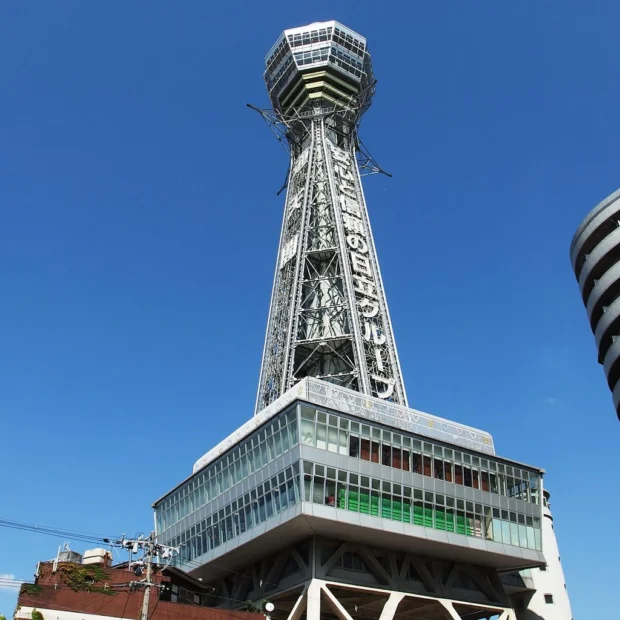
Culture Notes: Simple Etiquette in Osaka
Osaka people are known for being direct and friendly but there are some customs to keep in mind. When entering homes or certain traditional places, it is customary to remove your shoes. Also, avoid speaking loudly on trains; quiet rides are the norm in Japan. When visiting temples or shrines, do not take photos where signs forbid it, and always bow slightly at the entrance as a sign of respect. Finally, tipping is not practiced here and might cause confusion, so it is best to pay the exact price without expecting or giving tips.
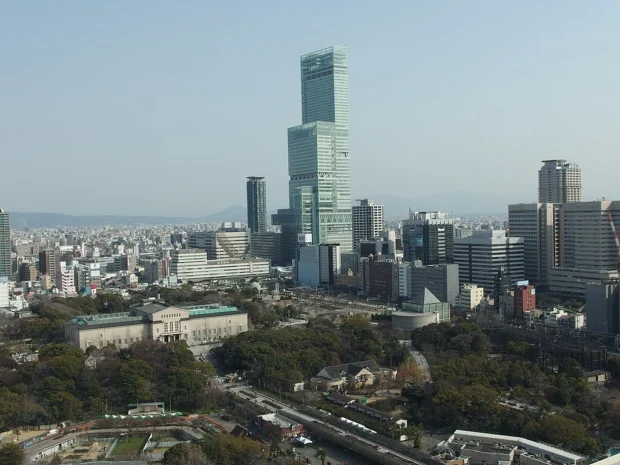
A cheerful anecdote from a local café owner told me that Osaka’s people value humor and openness. They often call their city “Tennōji” jokingly, referring to the nearby temple but also meaning “heavenly king,” showing pride with a wink.
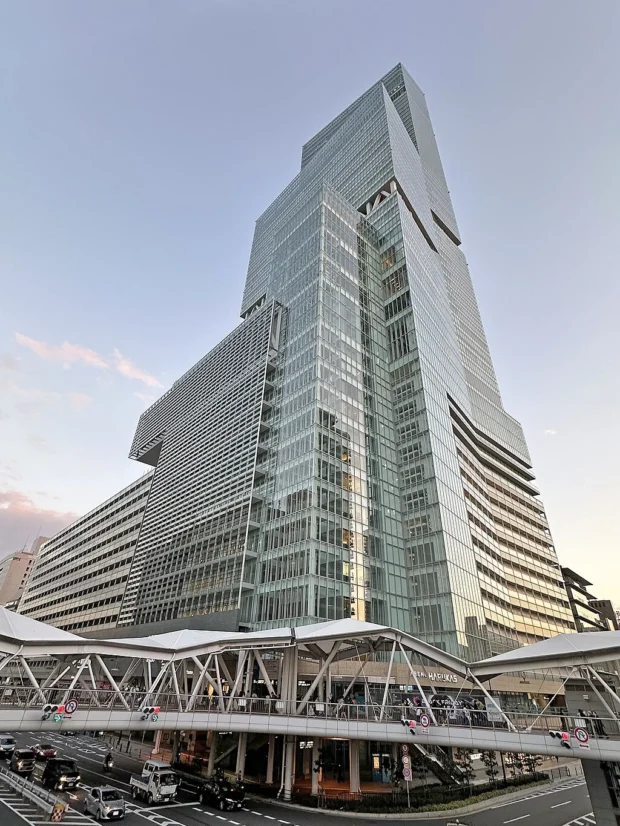
Exploring Beyond the Known: Quiet Corners and Parks
While Dotonbori and Umeda attract crowds, I found peace in the Sumiyoshi Taisha Shrine, one of Japan’s oldest Shinto shrines. The elegant, straight-lined bridges and uniquely curved rooflines create an architectural photo opportunity. It sits in a calm neighborhood not far from central Osaka and is easy to reach by tram or subway along the Nankai Line.
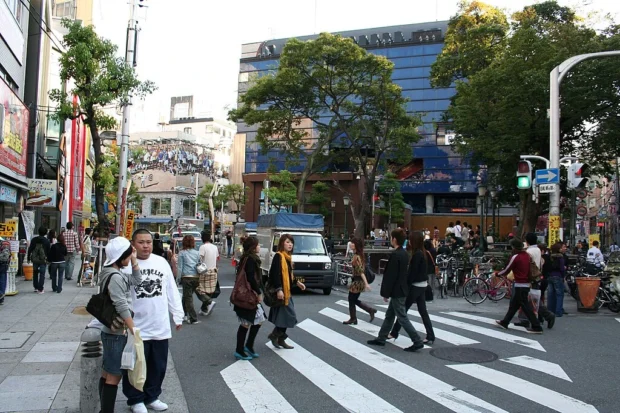
Another less crowded place is the Nakanoshima Park, a green strip between two rivers. Here, locals relax on benches and jog along tree-lined paths. The park also hosts the Osaka City Central Public Hall, a Western-style building with a European feel. The contrast between old and new, nature and city, appears clearly here, revealing Osaka’s layered character.
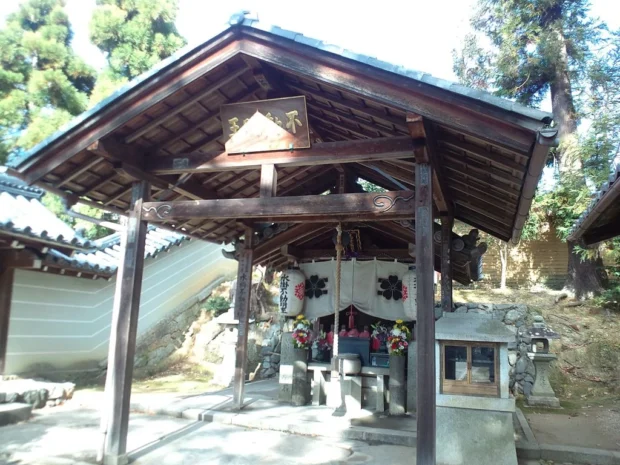
Where to Stay for Convenience and Comfort
For first-time visitors, areas near Osaka Station or Namba Station are highly recommended. These locations put you close to many train and subway lines, making day trips simple. Namba offers lively nightlife and dining options, while Osaka Station area feels more modern and business-oriented. If you prefer something quieter, neighborhoods like Tennoji and Shinsaibashi offer both charm and good transport connections.
After learning about Osaka’s efficient transport, you might find useful insights on navigating Tokyo’s iconic Shibuya Crossing in this detailed guide Shibuya Crossing Insights.
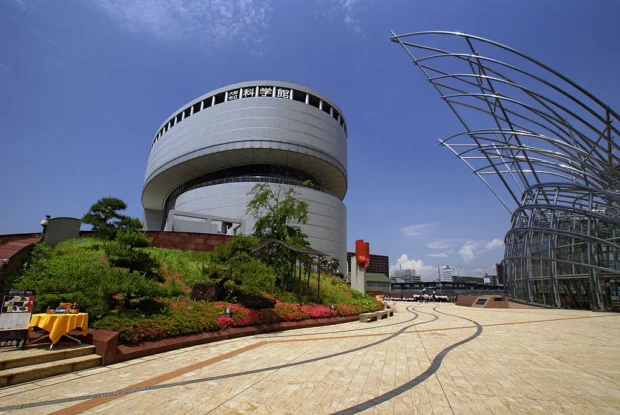
Most accommodations provide clear directions from major stations by bus or subway. Many travelers choose small guesthouses or business hotels, which are economical and practical. Booking early helps, especially during the cherry blossom season in spring and autumn’s colorful leaf period.
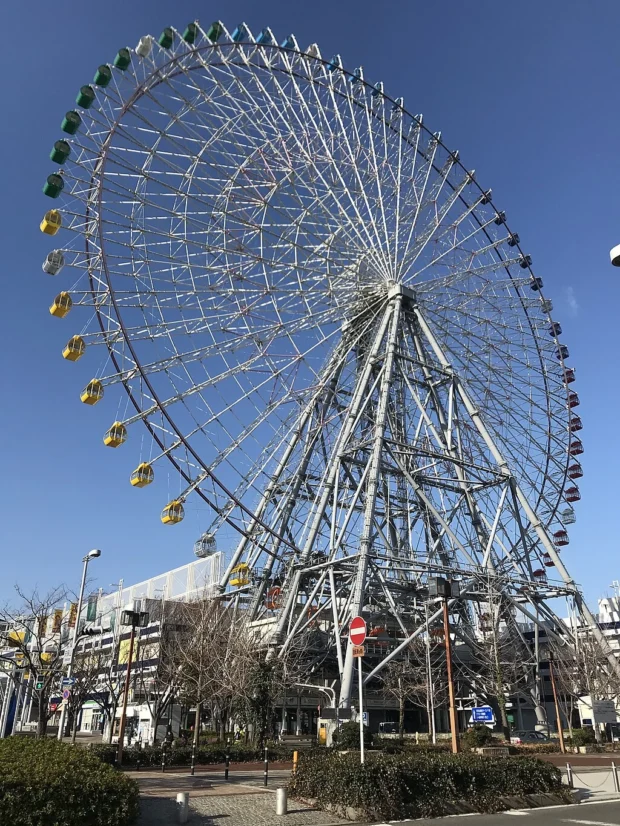
Osaka’s Transport History and Modern Layout
Osaka grew as a center for trade and transport since the Edo period. The city developed along rivers and canals, used for moving goods by boat before railways arrived. The arrival of the first railway line in 1874 marked a new era, connecting Osaka with Tokyo and Kobe. This history influences today’s street and railway layout, where waterways still run side by side with tracks and highways.
The complex network of interconnected train companies in Osaka can be confusing. JR lines cover large loops and intercity travel. Private railways run efficient lines to suburbs and neighboring cities. The subway uses simple codes to help visitors navigate, yet it took me a couple of days to understand transfer gates and fare adjustments correctly. Luckily, station staff often speak basic English and are ready to help.
One fascinating fact I learned is that the Osaka Loop Line, a JR line circling the city center, inspired the shape of the Tokyo Yamanote Line, the famous circle route in Japan’s capital. Both lines are key to moving millions of people daily.
For detailed info on Osaka Castle and other city attractions, visit Osaka Castle official website opening in a new window.

- Osaka Castle 02bs3200 by 663highland on Wikimedia Commons – cc by 2.5
- Osaka Castle, Japan 2019-5 10 by dconvertini on Wikimedia Commons – cc by-sa 2.0
- Hogwarts School of Witchcraft and Wizardry in Universal Studios Japan (1) by Tokumeigakarinoaoshima on Wikimedia Commons – cc0
- Dotonbori Neon Sign, Osaka 20190415 1 by DXR on Wikimedia Commons – cc by-sa 4.0
- 1 Chome-11 Shitennōji, Tennōji-ku, Ōsaka-shi, Ōsaka-fu 543-0051, Japan – panoramio – jetsun (3) by jetsun on Wikimedia Commons – cc by-sa 3.0
- Osaka Umeda Sky Building 4a by Zairon on Wikimedia Commons – cc by-sa 4.0
- Osaka Aquarium "Kaiyukan" 20190201-2 by そらみみ on Wikimedia Commons – cc by-sa 4.0
- Sumiyoshi-taisha, keidai-2 by Saigen Jiro on Wikimedia Commons – cc0
- Namba-Yasaka-Jinja-Lions head theater-19 by Immanuelle on Wikimedia Commons – cc by 4.0
- New Tsutenkaku in 201409 003 by Mc681 on Wikimedia Commons – cc by-sa 4.0
- Abeno Harukas from Tsutenkaku Tower @ Shinsekai @ Osaka (13382473483) by Guilhem Vellut from Annecy, France on Wikimedia Commons – cc by 2.0
- ABENO HARUKAS on 7th November 2023 by Tokumeigakarinoaoshima on Wikimedia Commons – cc by-sa 4.0
- Amerikamura (Busy) by BradBeattie at English Wikipedia on Wikimedia Commons – cc by-sa 3.0
- Ninna-ji Temple – Mizukake-Fudô by Yanajin33 on Wikimedia Commons – cc by-sa 3.0
- Osaka science museum02s3872 by 663highland on Wikimedia Commons – cc by 2.5
- Grand ferris wheel of Tempozan Harbor Village 2 by そらみみ on Wikimedia Commons – cc by-sa 4.0
